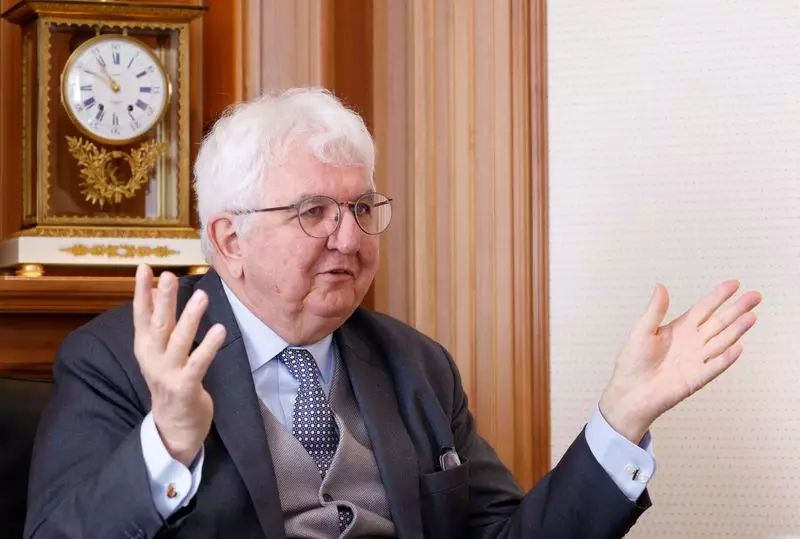The European Central Bank is contemplating the idea of initiating an interest rate cut in the month of June. This decision is being prompted by the anticipated faster decrease in inflation rates. However, it is crucial for the ECB to be cautious and not get too ahead of the U.S. Federal Reserve in order to maintain the effectiveness of the easing measures.
Austrian policymaker, Robert Holzmann, expressed his views on this matter, indicating that a decision regarding the interest rate cut will be dependent on the economic data available at that time. Holzmann, known for his conservative approach, hinted at the possibility of an easing in June, aligning with the opinion of other members of the ECB’s Governing Council. He emphasized the importance of not acting in isolation from the U.S. Federal Reserve to maximize the impact of the proposed rate cut.
Impact on Economic Growth
Even with a reduction in the deposit rate, which is currently at a record high of 4%, interest rates are expected to continue to impede growth. Holzmann believes that the ECB would need to significantly lower the rates further to reach a neutral level. The positive outcome would be a restoration of growth, especially if the productivity gap between the eurozone and the U.S. closes. This move could potentially lead to a target deposit rate of 3% in the future.
The ECB’s considerations for policy easing are influenced by a favorable inflation outlook and prevailing economic fragility. Inflation rates may decrease faster than initially projected due to conducive factors such as stable commodity prices and declining goods inflation stemming from cost-effective imports from China. Holzmann also highlighted the issue of wage growth, suggesting that lower pricing power for enterprises could balance out the potential risks associated with increased wages.
Challenges Faced by the Euro Area
The eurozone is currently grappling with concerns such as higher energy prices and trade constraints, particularly in Eastern Europe. These factors, coupled with the slowing productivity levels, pose challenges in maintaining competitive growth rates. The subdued growth prospects in the region add complexity to the decision-making process for the ECB.
The European Central Bank’s deliberation on a possible interest rate cut in June reflects the evolving economic landscape in the eurozone. While the decision holds the promise of stimulating growth and curbing inflation, careful consideration and coordination with global economic counterparts are essential to maximize the impact of the proposed easing measures.

